Yes, They Hear With Their Bellies!
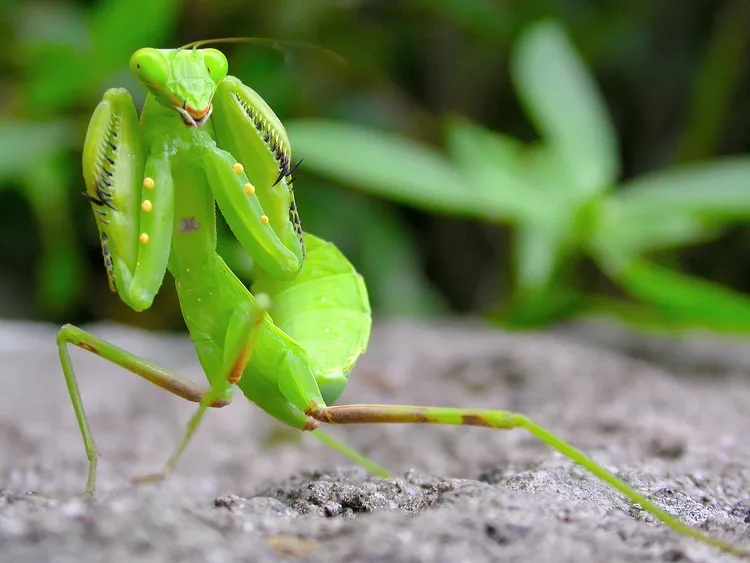
With their front legs held upright as if in silent prayer, praying mantises have long captured human fascination. Their elegant, mysterious posture belies their ferocious hunting skills. In China, these insects are also admired for their symbolic links to martial arts and natural balance. Curious about these captivating creatures? Here are 10 incredible facts about praying mantises, including some you may have never heard before.

Worldwide, there are about 2,400 known species of mantises—and China is home to over 200 of them, making it one of the most mantis-rich countries in the world. These species span 6 families and over 40 genera, thriving especially in the warmer southern provinces like Yunnan, Guangdong, Guangxi, and Hainan. Most Chinese mantises belong to the Mantidae family, though others fall into families such as Hymenopodidae (flower mantises), Empusidae (conehead mantises), and Deroplatyidae. This extraordinary biodiversity is shaped by China’s vast range of habitats and climates.

Several mantid species are widespread across China and can be seen in gardens, farmland, and forest edges:
Tenodera sinensis (Chinese Mantis): One of the largest and most well-known species, often used for pest control in agriculture.
Statilia maculata (Spotted Mantis): A camouflaged species found in fields and shrubs, known for its quick reflexes and cryptic coloring.
Hierodula patellifera (Giant Asian Mantis): A robust green mantis frequently found in southern China and Southeast Asia.
Hierodula formosana (Taiwan Mantis): Primarily distributed in Taiwan and southern regions of China.
Creobroter gemmatus (Jeweled Flower Mantis): A small, brightly colored mantis found among flowers, known for its beautiful patterning.
These mantises are not only ecologically important predators but are also favorites among macro photographers and insect enthusiasts in China.
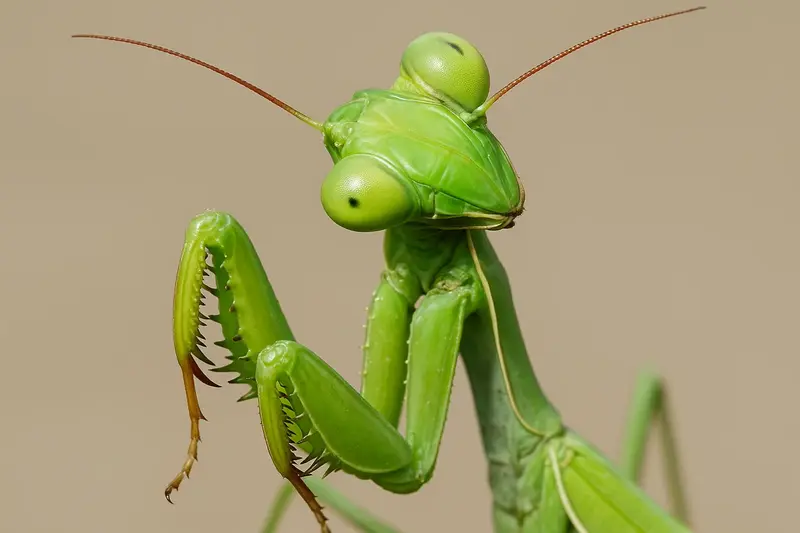
The praying mantis is the only insect that can turn its head side-to-side in a full 180-degree arc. This is made possible by a flexible joint between its head and thorax. It helps mantises track prey and spot danger, adding to their oddly “human-like” behavior and expressions.
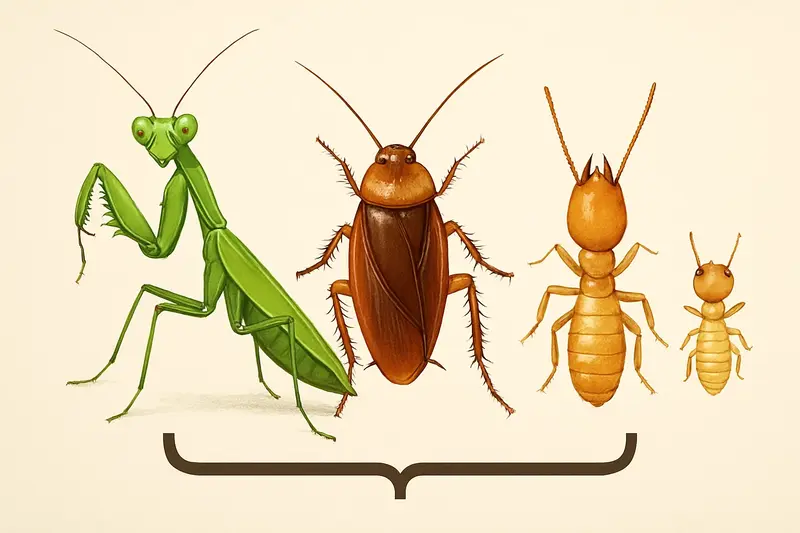
Despite their noble appearance, mantises are evolutionarily related to cockroaches and termites. All three insects are now grouped under the superorder Dictyoptera, indicating a shared evolutionary origin.

In northern China and other temperate zones, mantis females lay eggs in autumn in a protective case called an ootheca, which hardens into a foam-like shell. These eggs remain dormant through the winter and hatch in spring. If you bring an ootheca indoors, beware—you may accidentally unleash dozens of tiny mantids in your home!
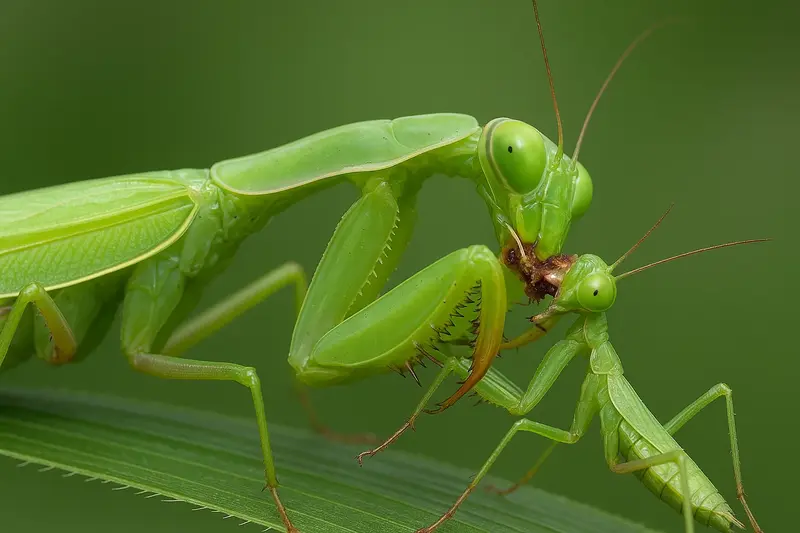
One of the most infamous facts about mantises is their tendency for sexual cannibalism. Female mantises are known to bite off their mate’s head—and sometimes continue mating while doing so. This behavior varies by species and may occur in about 20%–30% of natural encounters.

Despite their calm, meditative stance, mantises are highly efficient predators. Their spiny, raptorial front legs can snap forward in milliseconds to seize flies, bees, and even small lizards or frogs. Some large species have even been recorded preying on hummingbirds!
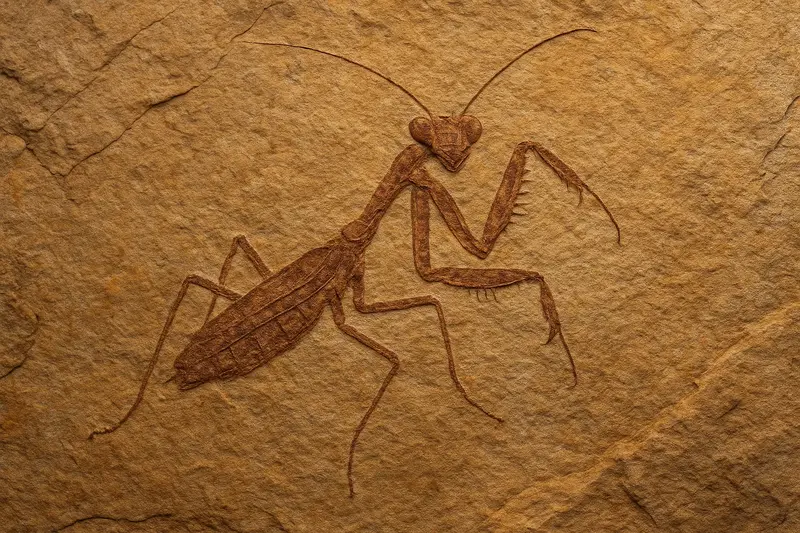
Compared to dragonflies and cockroaches, mantises are relatively recent arrivals on Earth. The earliest known mantis fossils date back about 140 million years to the Cretaceous period and lacked some of the distinctive features we see in modern mantises today.

While mantises help control pests, they aren’t picky eaters. They may consume pollinators like bees and butterflies, disrupting local ecosystems. Though garden stores in China and abroad sell mantis egg cases for “natural pest control,” their long-term ecological impact should be carefully considered.
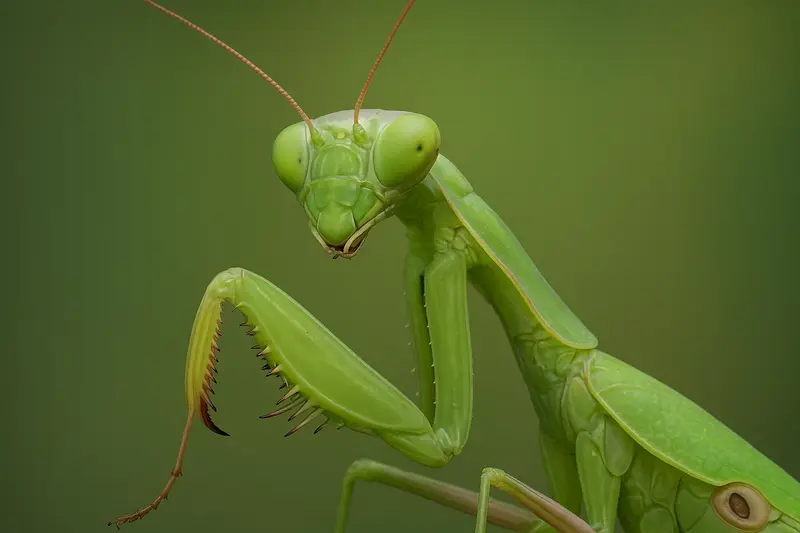
A praying mantis has two large compound eyes that give it excellent vision, but only one ear, located on its belly between its legs. This ear doesn’t help locate sound direction, but it does detect ultrasound, such as the echolocation calls of bats. If a mantis hears a bat, it performs a midair dive to escape—an amazing survival tactic.
Praying mantises are not simply "insect killers". Their physiological structure, hunting skills and behavior hide many amazing details. The next time you see one, you may look at this "belly listening" praying mantis with a new perspective.
animal tags: Mantis
We created this article in conjunction with AI technology, then made sure it was fact-checked and edited by a Animals Top editor.